
Most tiny homes built today are made to last longer than a lifetime, but just like any house, they require continual maintenance. In this article, we’ll discuss different ways of adding utilities, maintenance, home improvement, decorations as well as the best ways to increase efficiency, reduce costs and get the most out of your tiny home.
1. Teach Yourself A New Skill
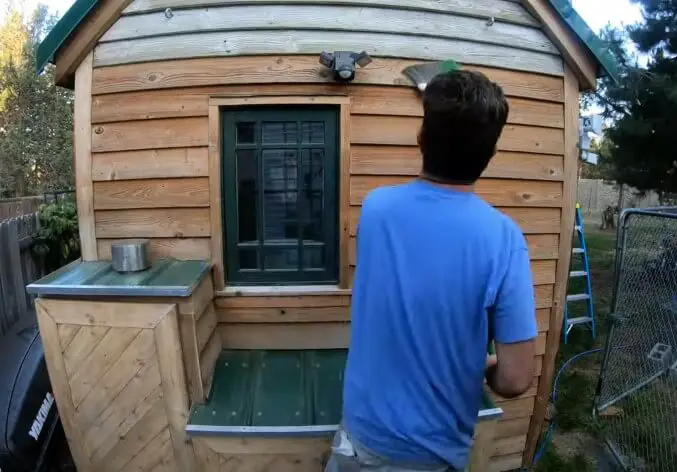
Maitenancing your own home will require an abundance of skills. Whenever you can find the time, try to teach yourself a new skill or ability that you can apply to the maintenance or improving upon your home. If you personally had a hand in the construction of your home then you’re probably already well-equipped to handle any maintenance emergencies as they arise. If you had contractors do most of the work, then it may take a contractor to maintenance your home when it is in need of repair. This is another reason why investing in your own handyman skills is so important. You’ll also want to make sure that you have all of the tools you’ll need for any type of maintenance or home repair job that pops up.
2. Check Up
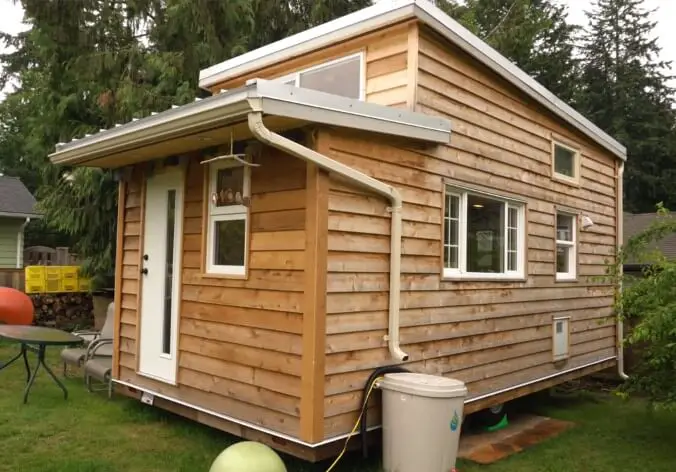
Before you leave for a long trip with your tiny home, it’s important to walk around the exterior and closely examine any parts that could be loose, cracked or eroded in any way. Make sure that there are no chips or cracks in any of your windows. Pay very close attention to your tires, making sure that they all have the correct PSI in them. Go up to the roof and make sure that everything is secure and that nothing will fall off while you’re traveling. As soon as you arrive at your destination, repeat this process for an extra checkup. This is especially important when it comes time for your tiny home’s first maiden voyage, although it should be done with each long distance trip.
3. Use Recycled Material
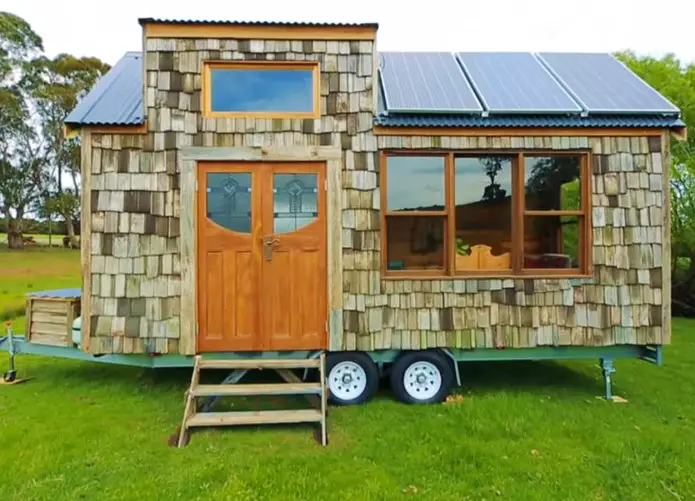
As we discussed during the building phase of this article series, just like you can use recycled material to build portions of your tiny home, you can also use recycled material for both home repair and for decoration depending on your skill and creativity. In the spirit of being self-sufficient, you should always be looking for new ways to reuse items around your house, especially things which may otherwise go to waste. Reusable or reduced cost items should be used whenever possible. Get familiar with your local hardware store, second-hand store and interior design store and you will never run short on ideas to improve your tiny home.
4. Take Advantage of Your Expertise
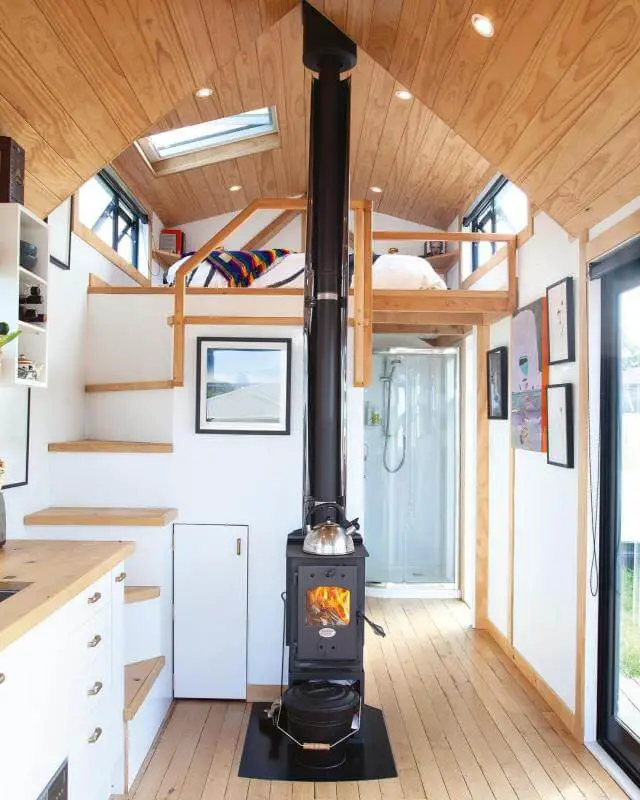
Decorating your tiny home is simple, fun and takes absolutely no time at all. For starters, you could paint your entire home in just an afternoon. For both interior and exterior decorations, look to nature for inspiration. If you have skill in wood working or carpentry, filling your house with handmade and storage-friendly furniture will cost you nothing and impress your guests.
5. Minimize Waste
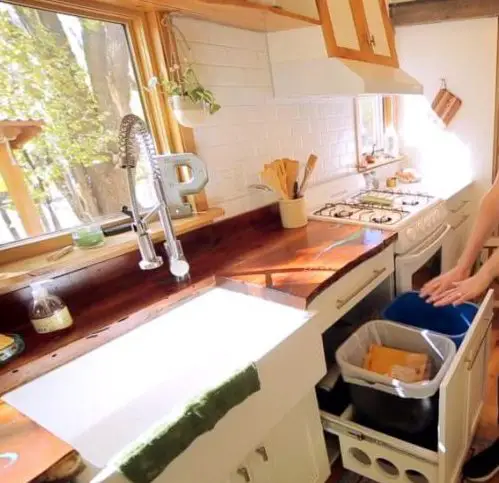
One of the biggest questions on the minds of many potential tiny home owners is what are they going to do with their garbage, recycling and compost? While self-sufficiency is the goal, there are a few things which you’ll need to rely on your city for. When it comes to garbage, it is important to first and foremost minimize waste. Always take a second look through trash bags before when they are full and ask yourself, what in here can be reused or used for another purpose? Next, separate all recyclables such as glass, plastic, paper, cardboard and so forth. If you have items such as banana peels and apple cores, those would make great compost for the plants surrounding your tiny home. Lastly, once you have minimized your garbage to the smallest amount possible, it’s time to take it to the city dump. Some tiny home owners who live in rural areas use incineration barrels to burn their trash safely and without hurting the environment. With your bags of recycled good, look for redemption centers in your area that will pay you cash for the recycled material. Alternatively, many tiny home owners recycle or compost everything, throw away absolutely nothing, and generate zero garbage.
6. Set Up A P.O. Box
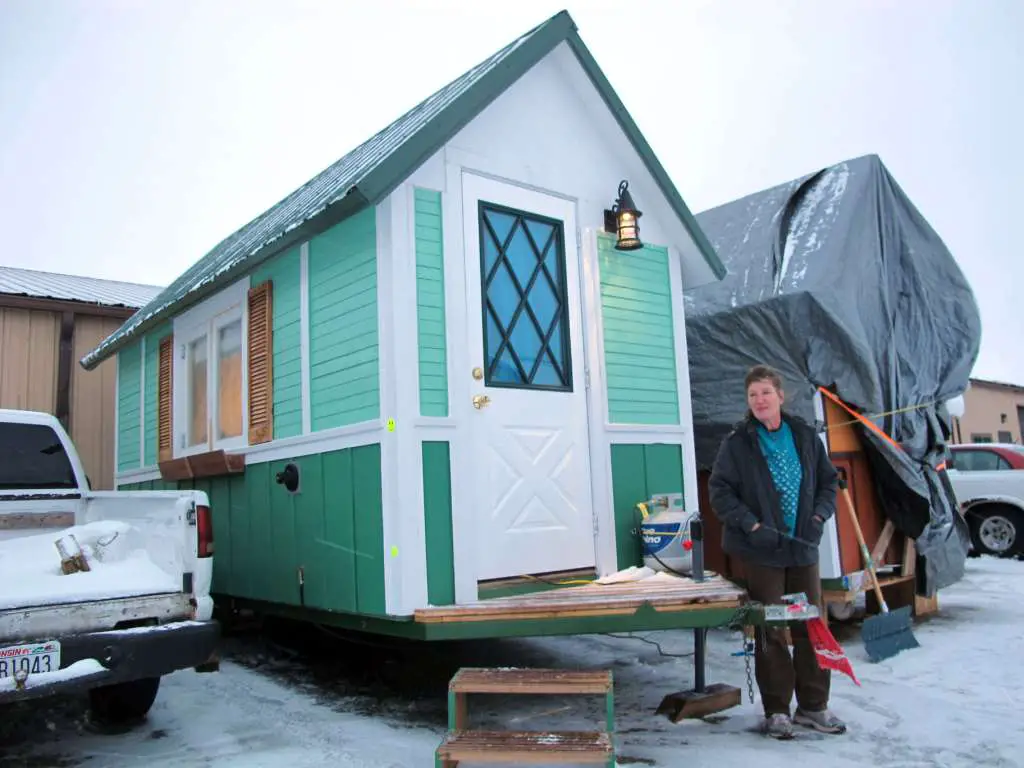
If you’re living off the grid, you’re still going to want to receive mail from time to time. Tiny homes don’t have an address. This is why most tiny home owners set up a P.O. box at their local UPS stores. It’s quick, easy and private.
7. Internet Connection
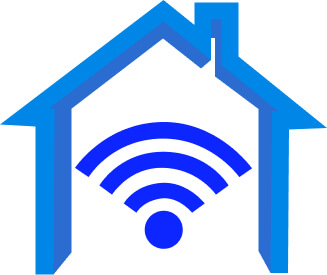
If the internet is a must within your tiny home, be sure and find a place where you get reception from a cell phone tower. Today, any smartphone can be tethered to use to the internet on devices such as televisions, laptops, tablets and more.
8. Composting Toilets
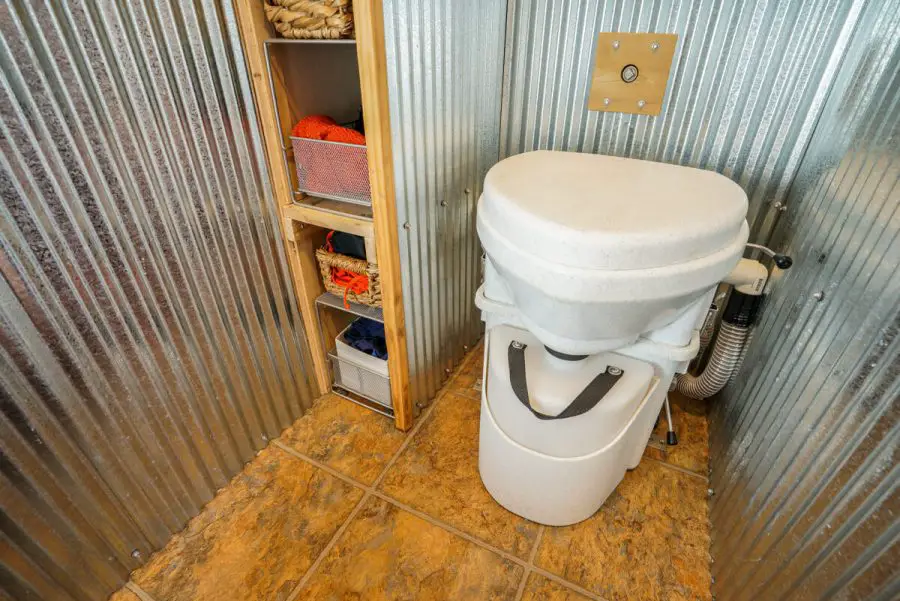
In regards to your toilet, outhouses are a proven solution for dealing with human excrement, but composting toilets offer a solution that can be brought indoors, have all the comforts of the modern toilet, and are allowed in many rural areas. Another solution is a conventional septic tank or, where allowed, a biodegradable leach pond to dump your waste.
9. Cool Your Tiny Home
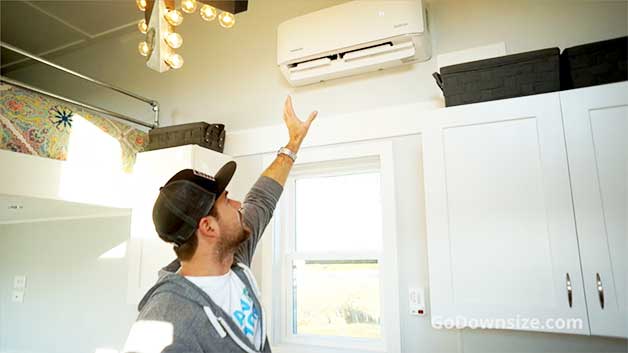
During sweltering summer days, cooling your tiny home is a breeze, even without air conditioning. While some tiny homes choose to use swamp coolers or air conditioning units, those tend to devour electricity, a commodity to most tiny home owners. On the hottest days, simply opening all of the windows in your tiny home will do wonders for your perspiration. This is why windows on should be built parallel to one another to allow a breeze to pass through your home and lower the temperature. On the hottest days, and when there is no breeze to be found, it might be time to break out the battery operated fans! Of course, there are other tricks to staying cool in the summer inside a tiny home, such as taking a 30-second cold shower or draping a cool piece of fabric over your head.
10. Equip Your Tiny Home with Proper Ventilation
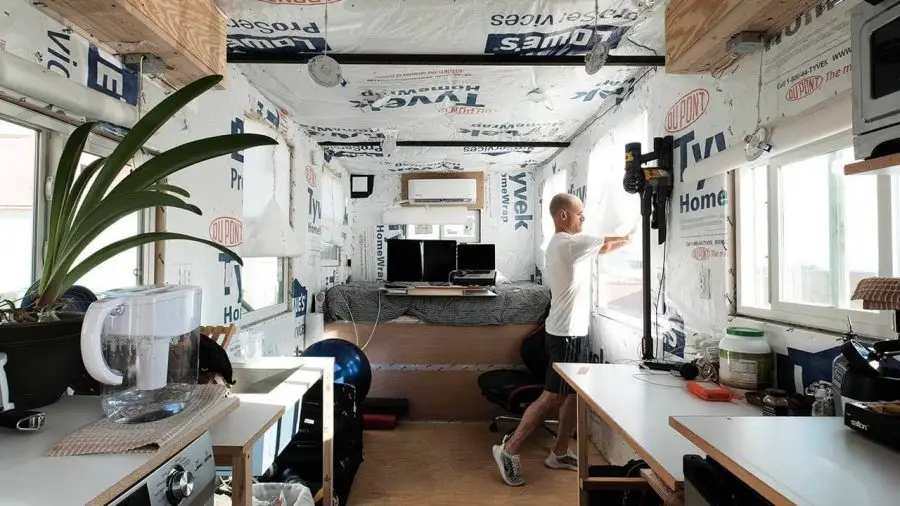
What about the frigid winter nights? If you live in an area that is prone to snowy weather, make sure that you incorporate extra storage onboard your tiny home dedicated to extra thick linens. First, if you predict a harsh winter on the horizon, make sure that you weather proof your window so that all of the heat inside your tiny home doesn’t escape – these are also great for keeping the cold outside where it belongs! For particularly snowy regions, consider building a wood burning stove into your tiny home, or even a fireplace with a chimney. Make sure your tiny home is equipped with proper ventilation. If your tiny home is equipped with propane or electricity, feel free to use small, personal heater units when absolutely necessary. Lastly, if you have the fire roaring and the heaters on and you’re still cold, use the most self-sufficient form of natural heating: body warmth.
11. Have a Source of Power
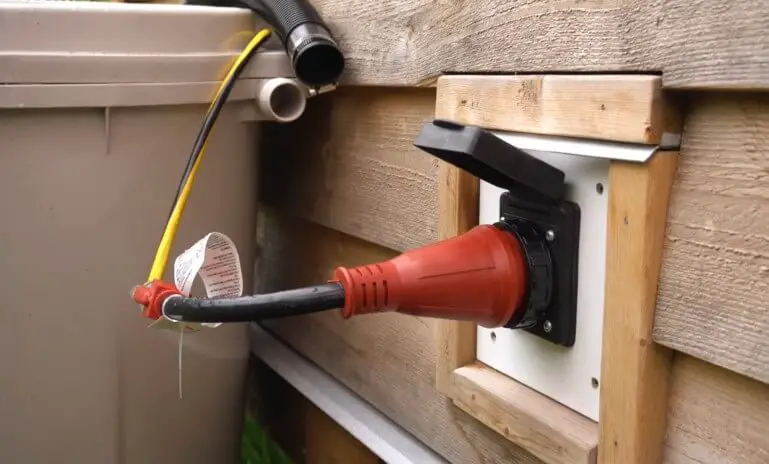
Although some tiny home owners who enjoy an off-the-grid lifestyle prefer to live a simple life without electricity, have a source of power is a major concern for most. After all, what will you use to power all of your tiny appliances aboard your tiny home? While you can always run extension cables from an external electricity source, many tiny homes are in secluded areas, off the grid and away from such sources. Many tiny homes accommodate large generators built into the house, but you’ll obviously want to monitor and ration the amount of electricity you use on any given day. The idea of using renewable wind turbines has been suggested and adapted into a few tiny homes, however, wind energy only works on windy days and has proven to be very unreliable.
12. Investing in Solar Energy Panel
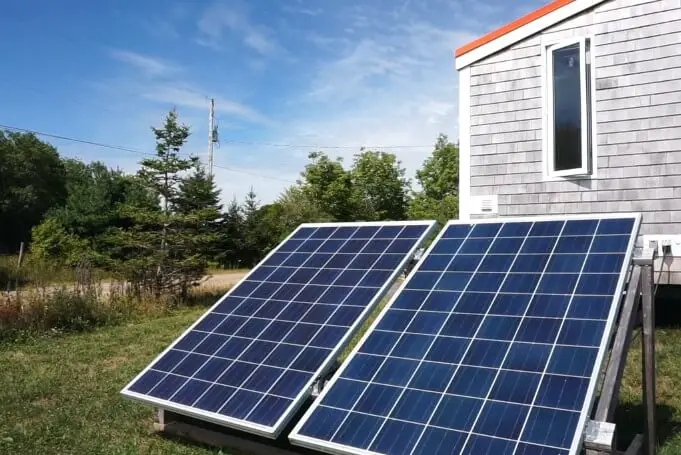
One of the biggest investments you can make to your tiny home in terms of efficiency is solar energy. Investing in solar energy is ideal because it allows them to ditch outside electricity source or generator and become even more self-sufficient. Adding solar panels to your tiny home’s rooftop should be a serious consideration during your initial building plan. Think your city is too overcast to take advantage of solar energy? Even on snowy days, solar panels are known to soak up plenty of juice. Once your tiny home is set up with an ample amount of solar energy, which you can buy and install yourself for around $2,000, you can use that stored electricity to power appliances, heat your water, warm your tiny home and much more.
13. Tiny Home Plumbing
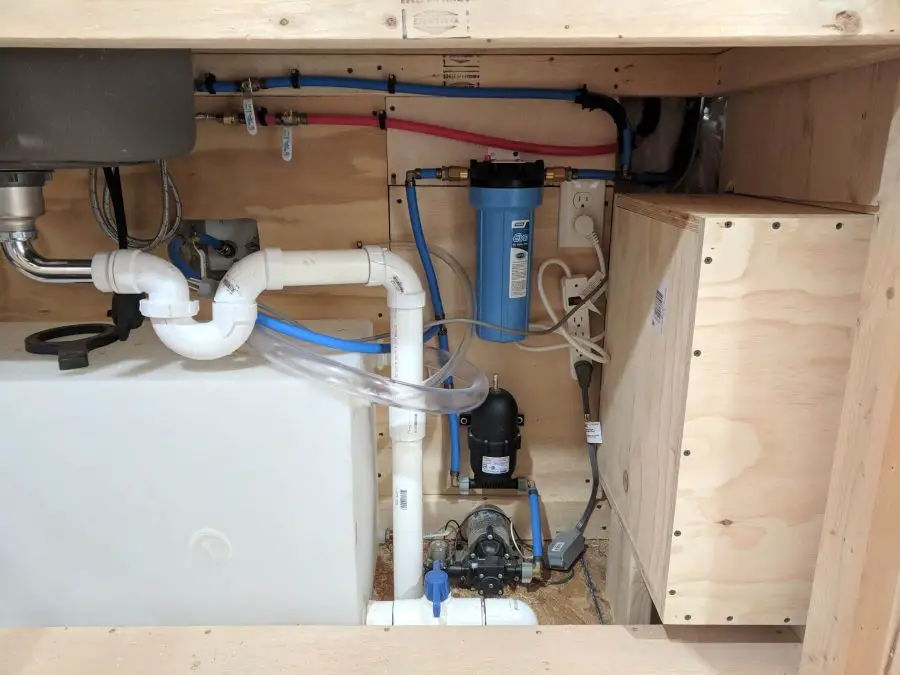
Another big-picture question for tiny home owners – plumbing. Tiny home plumbing is probably one of the scariest parts of any building plan. There are many different ways to plumb your tiny home. If you only have a couple of units that use water, such as a sink and shower, you can simply hook up a fresh water source and run it through each. You will also need a large water tank depending on how much water you use each day, a water pump to maintain pressure, and if you enjoy hot water, a tankless propane water heater.
14. Use Recycled Water
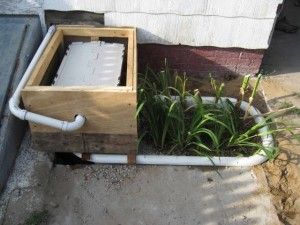
A lot of tiny home owners also use recycled water, or “gray water”. Grey water is not necessarily waste, although it is the water that is collected in the sink and shower drains.
If the products you use in the shower are biodegradable, then gray water consists of those products, your body oils, and food products diluted with fresh water. If you own a filtration system, you can separate and reuse the fresh water. Otherwise, gray water is good for watering plants and crops.
15. Have some form of garden
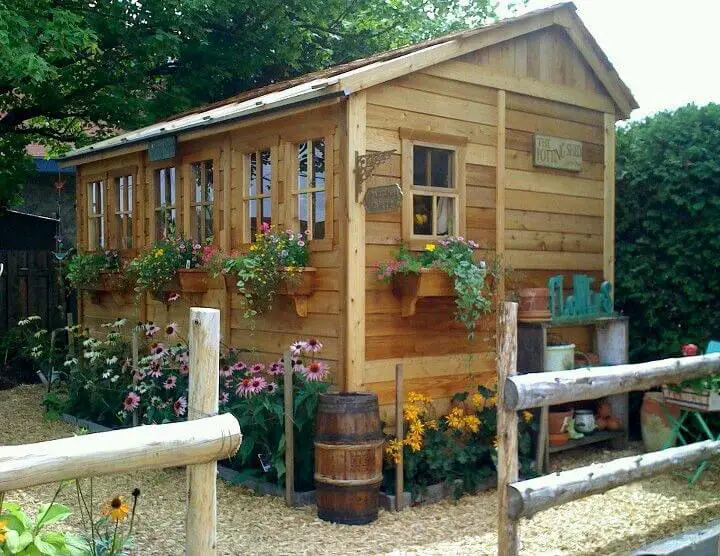
On that note, a majority of tiny home owners have some form of garden, herbs or crops growing in or around their tiny home. In the next chapter, we’ll share some strategies on how you can become even more self-sufficient.
Chapter 6: Tiny Home Organization & Storage Ideas Chapter 8: The Green Minimalistic Mindset & Becoming More Self-Sufficient